Rane Vidyalaya CBSE school, a CSR initiative by Rane Foundation India Pvt. Ltd., a leading industrial conglomerate, is a K-12 campus that takes in students from the kindergarten level to the 12th grade.
Theerampalayam, the rural region where the school is located, has no proper educational institutions that offer quality learning. The closest city, Tiruchirapalli, which is a Tier-II city in the state of Tamil Nadu, India is 20 kilometers away. The neighborhood districts are a mix of small, rural villages, where the main occupation is agriculture and unskilled labor.
Regional construction techniques, a structured pedagogy of the Indian educational system, and a construction cost of US$20 per square foot formed the basis of the design development. Inspiration was drawn from the sixth-century-built Thiruvellarai temple’s walls and the layered cross sections of fifty-year-old houses in the region. Following the consistent construction methodology revealed in these structures, a layering starting from huge random rubble and stone at the bottom, to finer solid brick work, mud, and slate on top was adopted in the walls. Alternating layers of red wire cut bricks—from the local kiln—and gray fly ash brick—recycled from industrial cement waste—were used.
As the site is located on the tropical belt of interior Tamil Nadu, the design makes use of natural ventilation in the space, along with natural lighting. All walls are stopped at lintel height and have openable windows above to allow hot air to dissipate and to increase cross ventilation. Terra cotta jaalis (screens) are also used as secondary shading devices. Incorporating significant openings along the predominant southeast–northwest wind direction and minor wind tunnels in the east–west direction between classrooms creates a comfortable microclimate in the building.
The architectural features incorporated in the building—such as the red solid bricks, baked earth tiles, terra cotta jaali, and gray fly ash bricks—help address the micro-climate in the space, facilitate ventilation, create interesting light and shade experiences through roof perforations, and provide safe, green courtyards where the children can enjoy the outdoors. At the same time, they also articulate the design language of the local region, while creating a fun, educational environment. Through sourcing materials from surrounding locations, a wholesome cost-effective architectural solution is deployed.


.jpg)
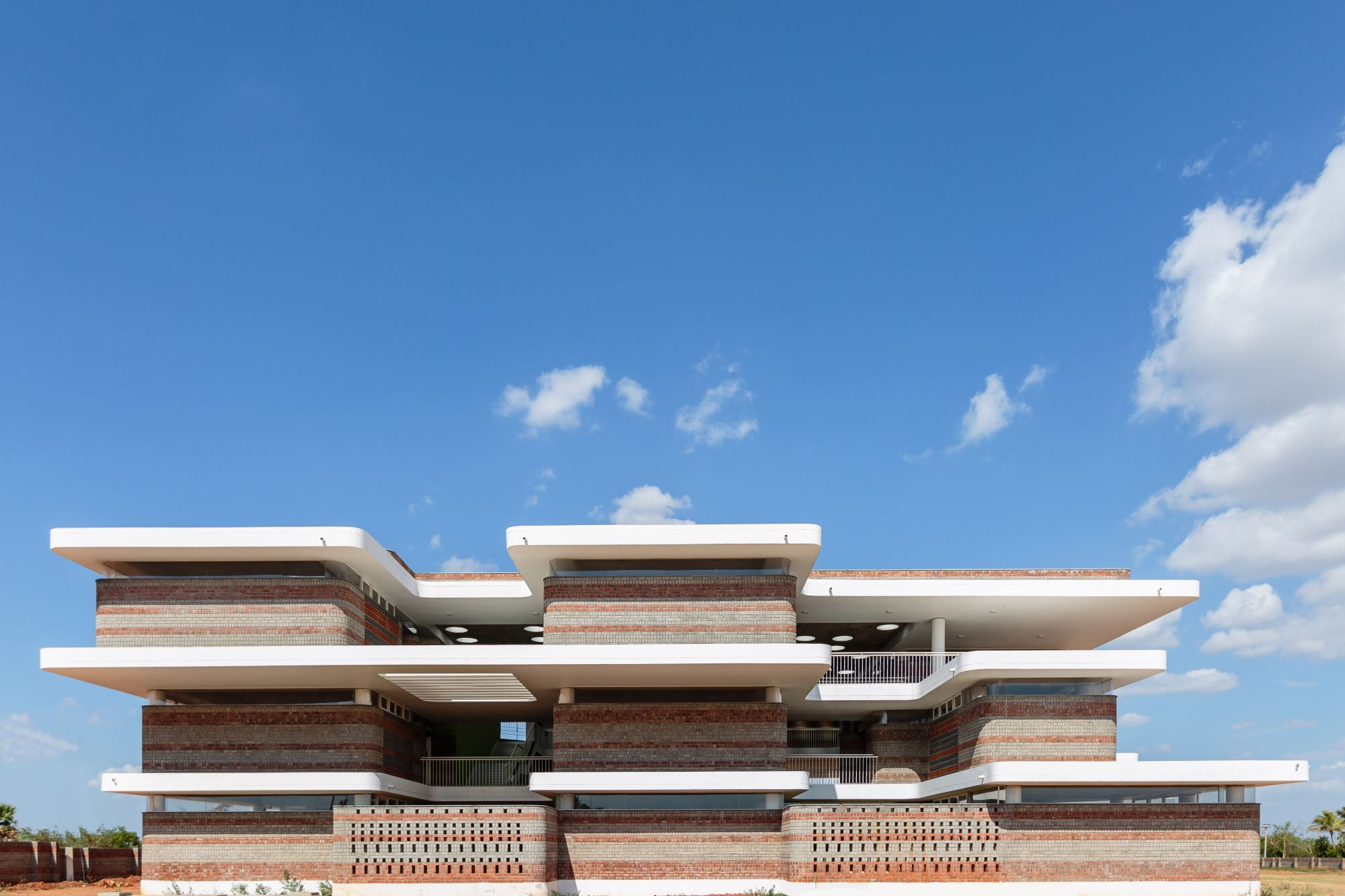

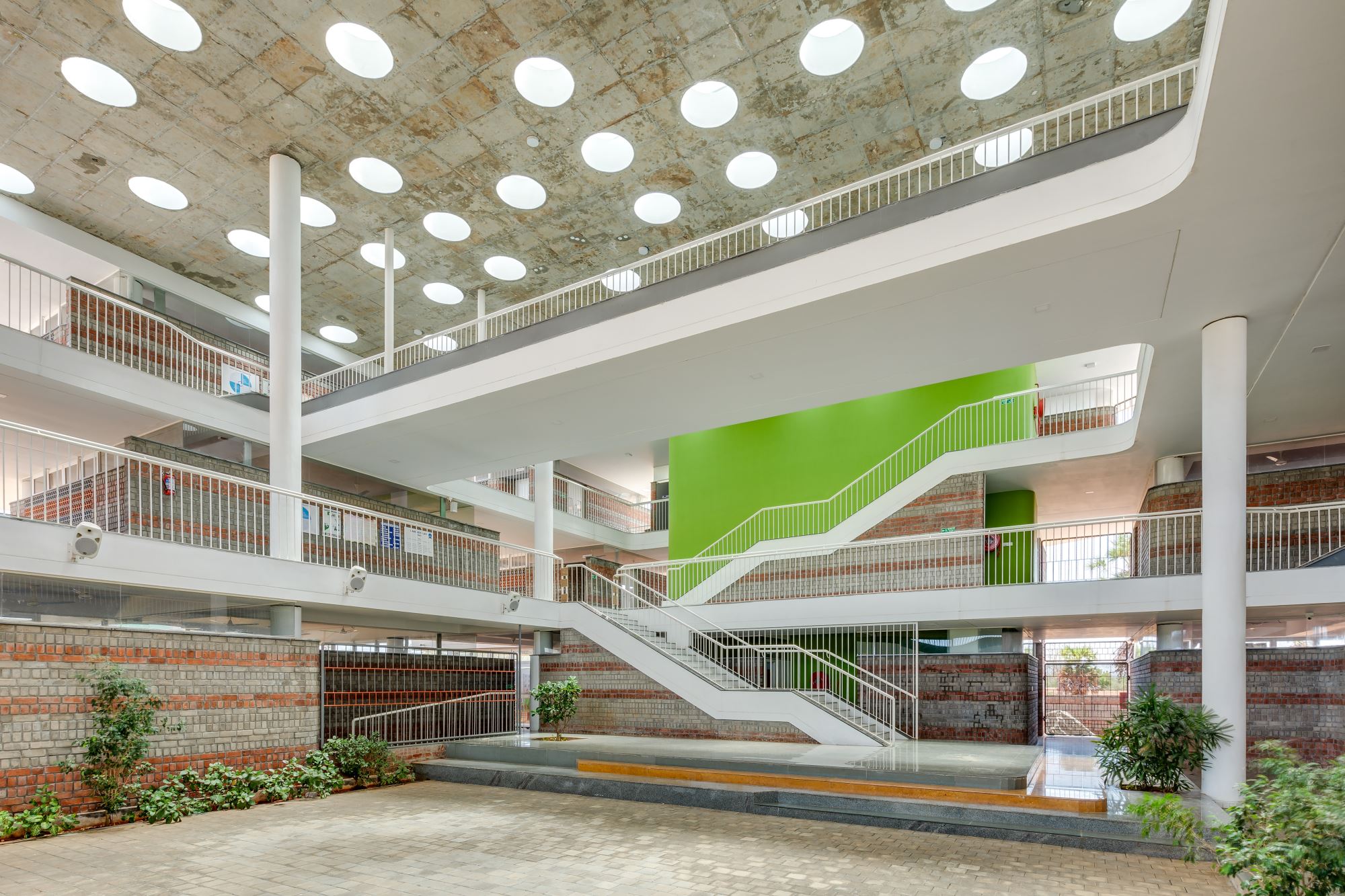
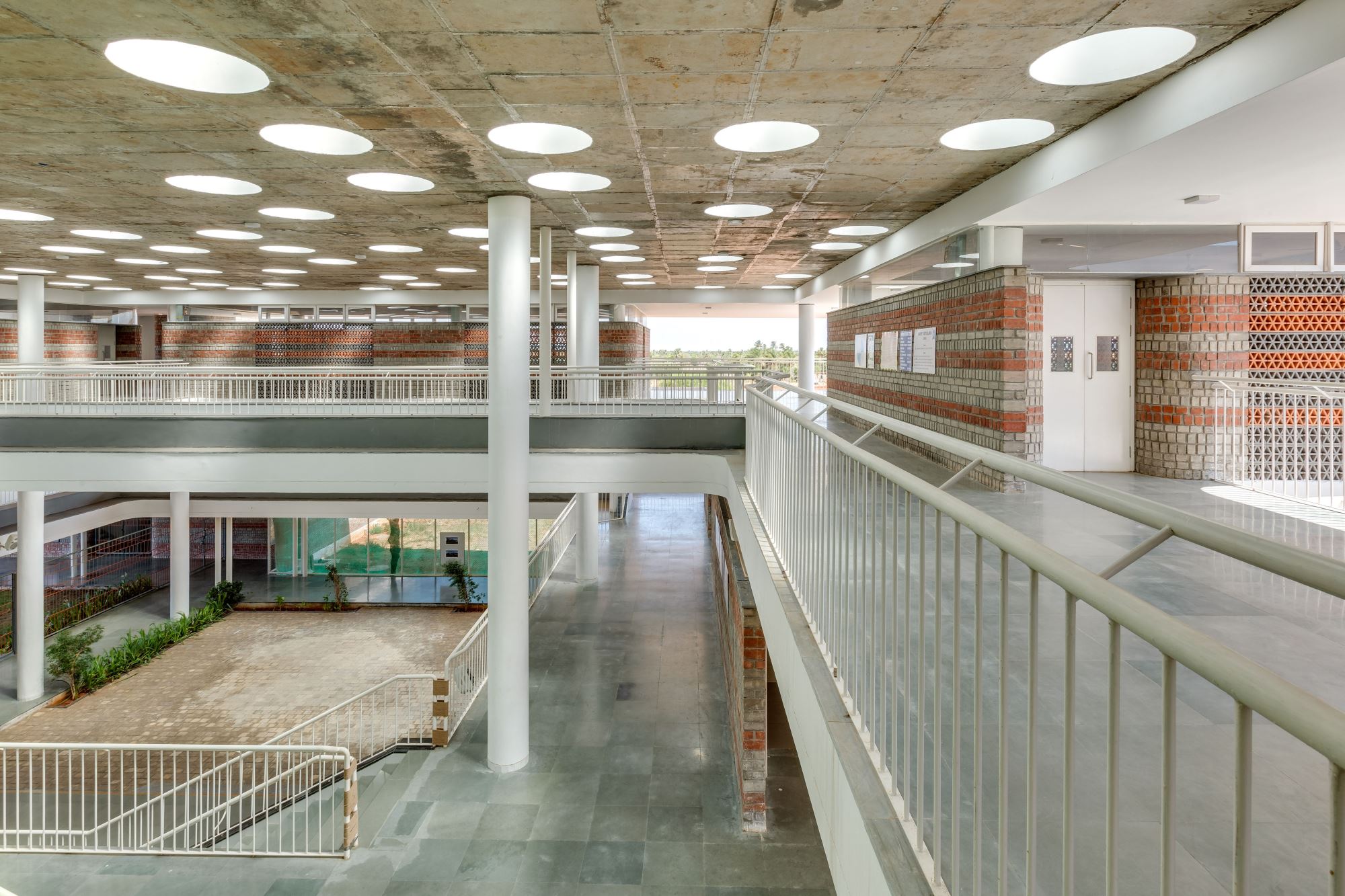

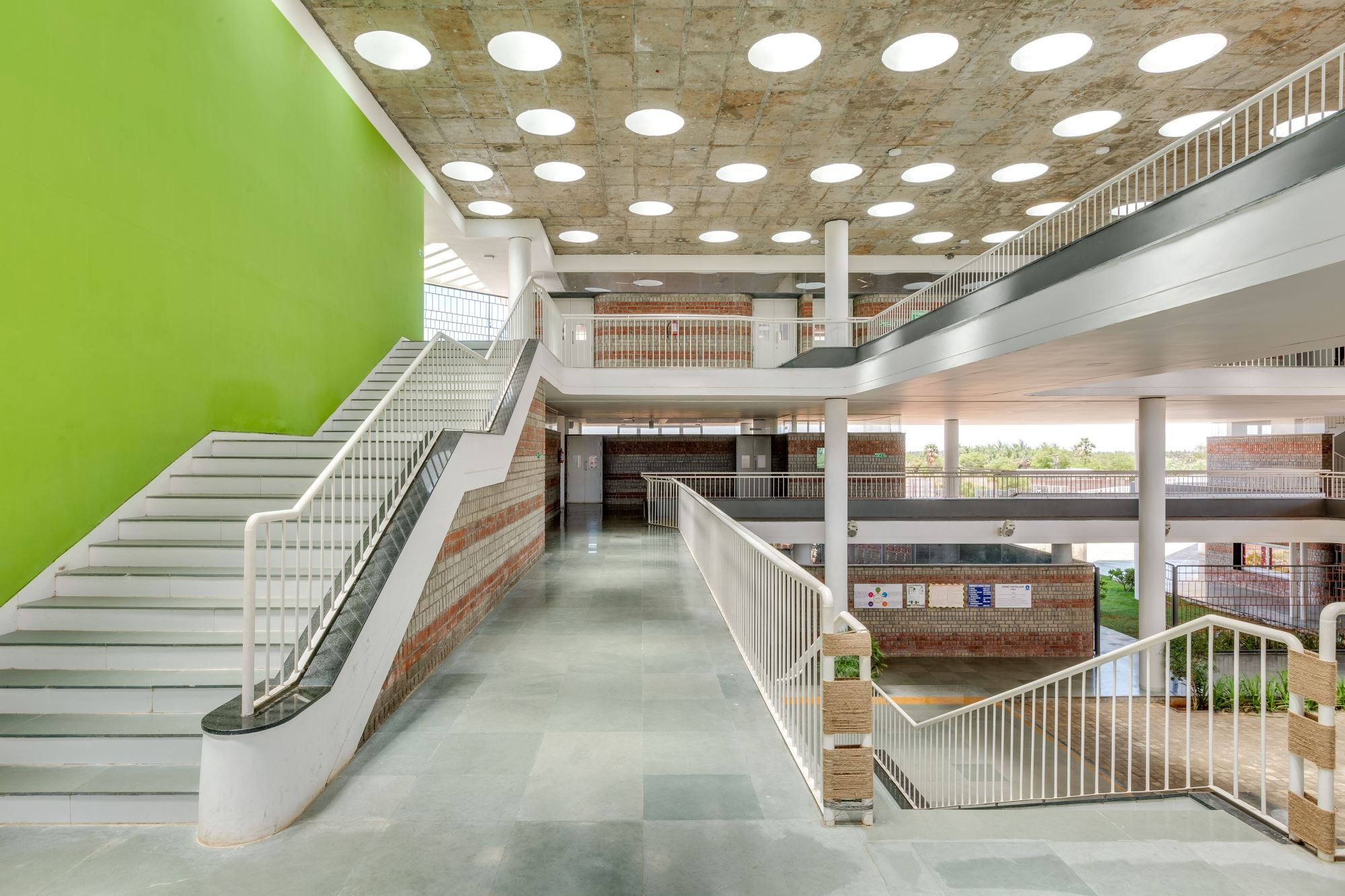
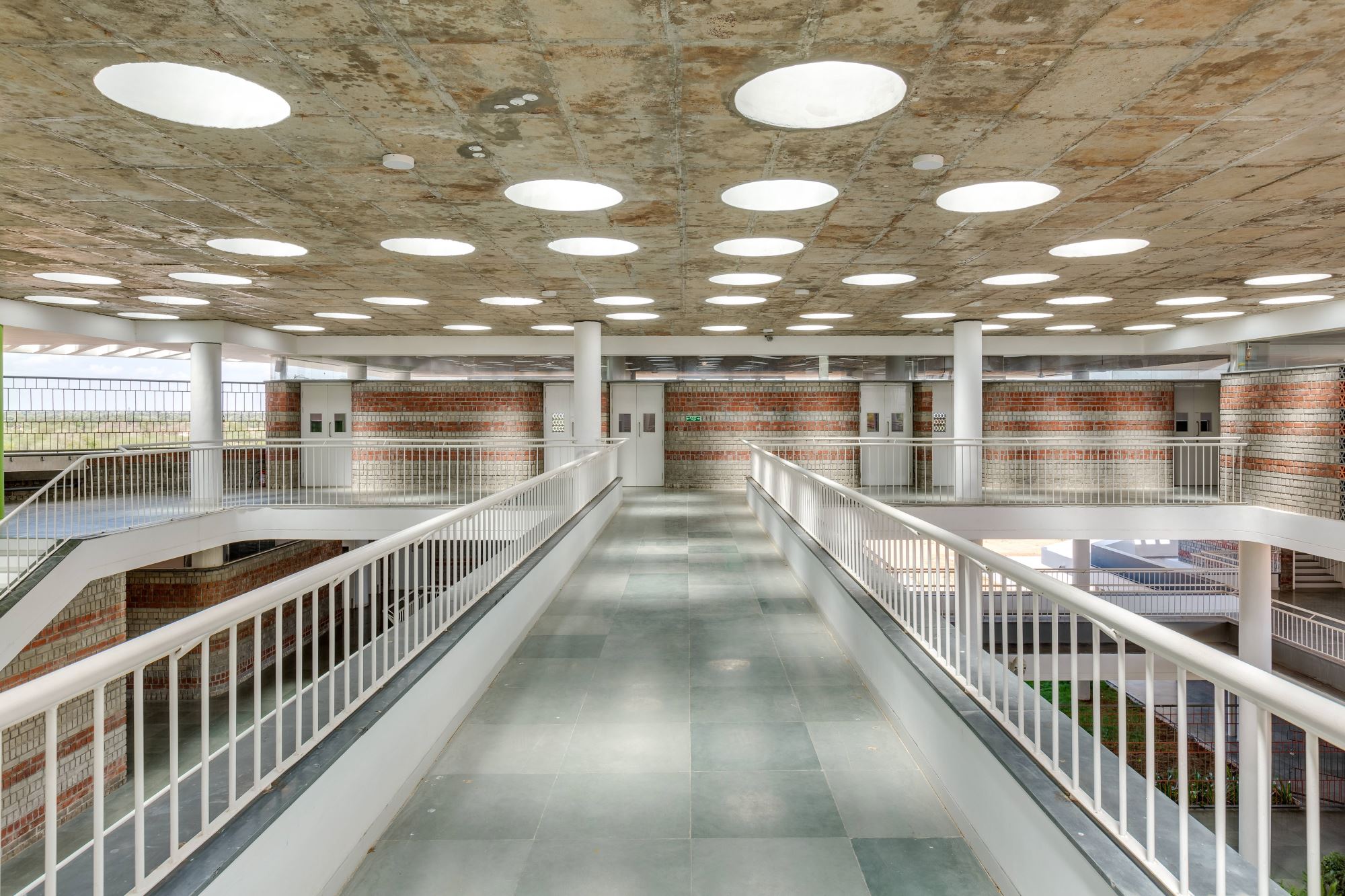

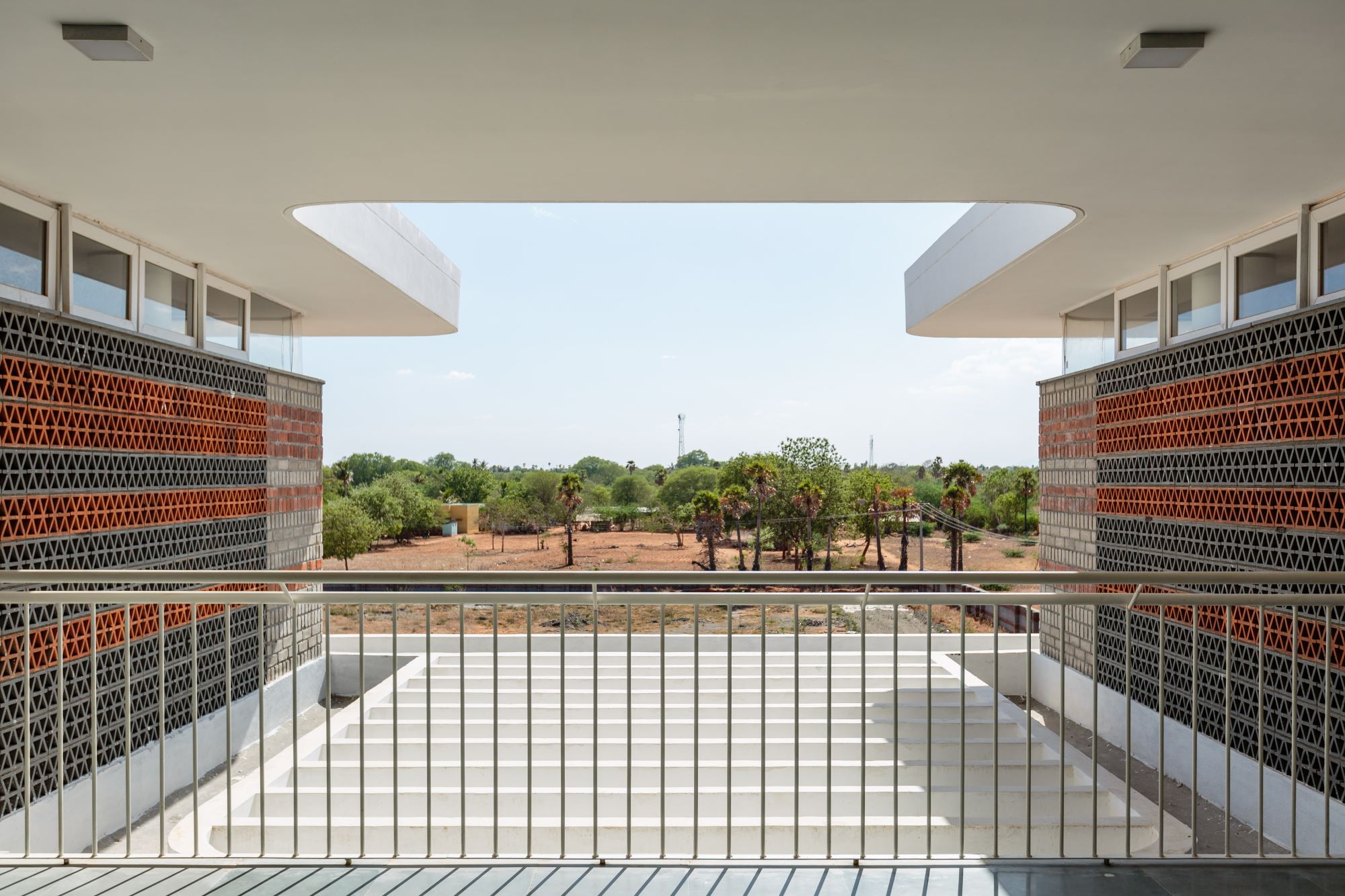

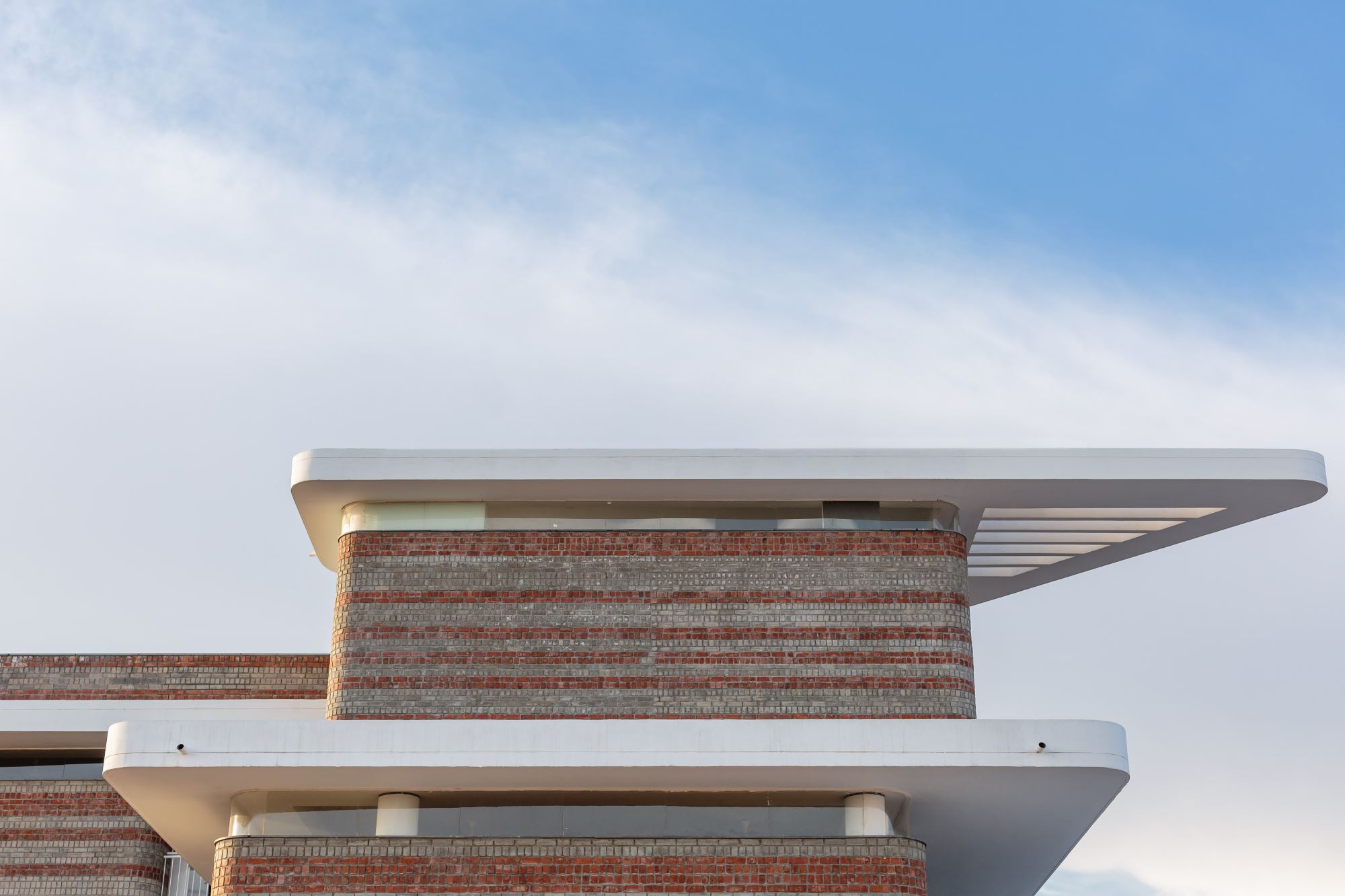
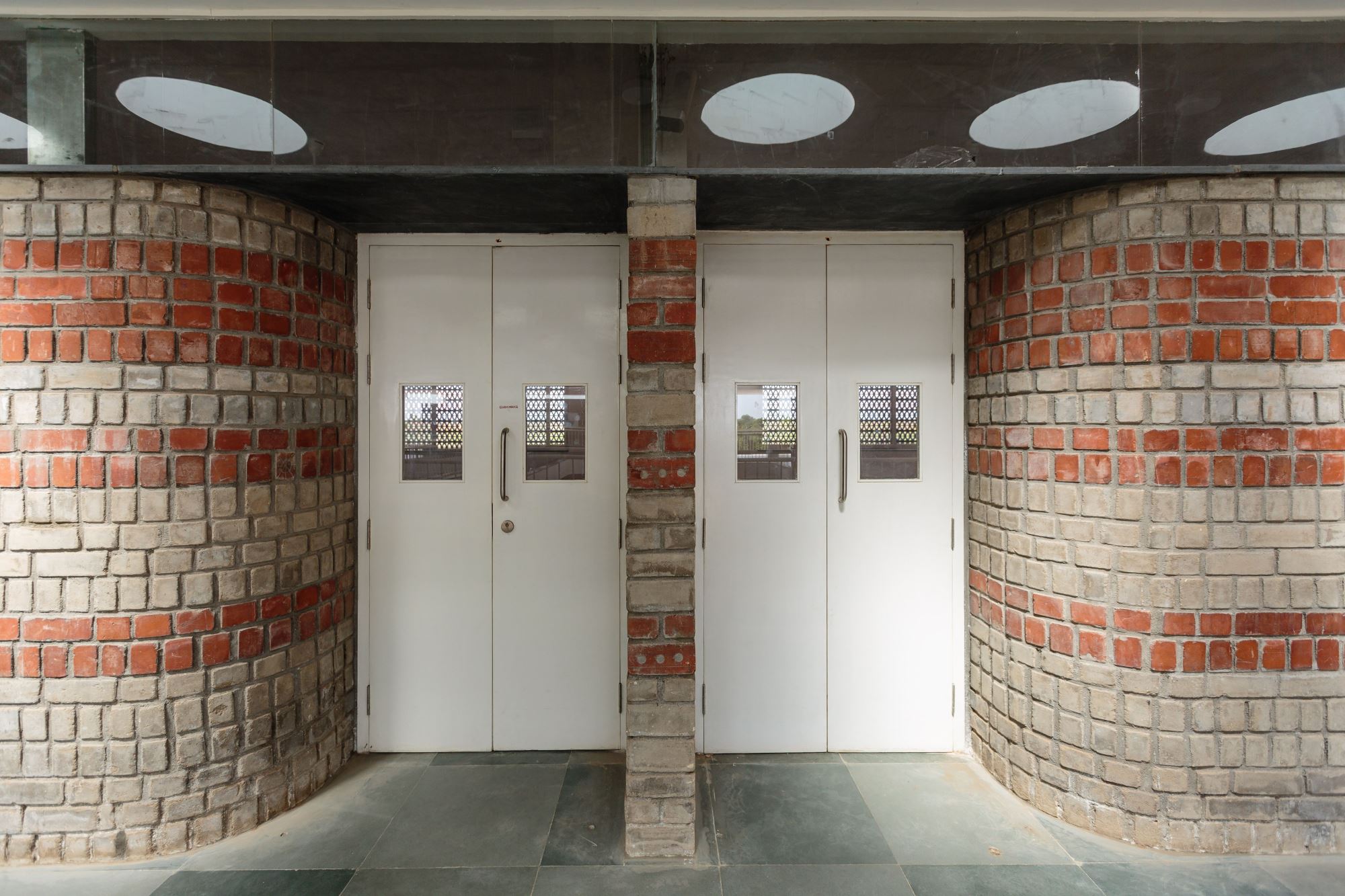
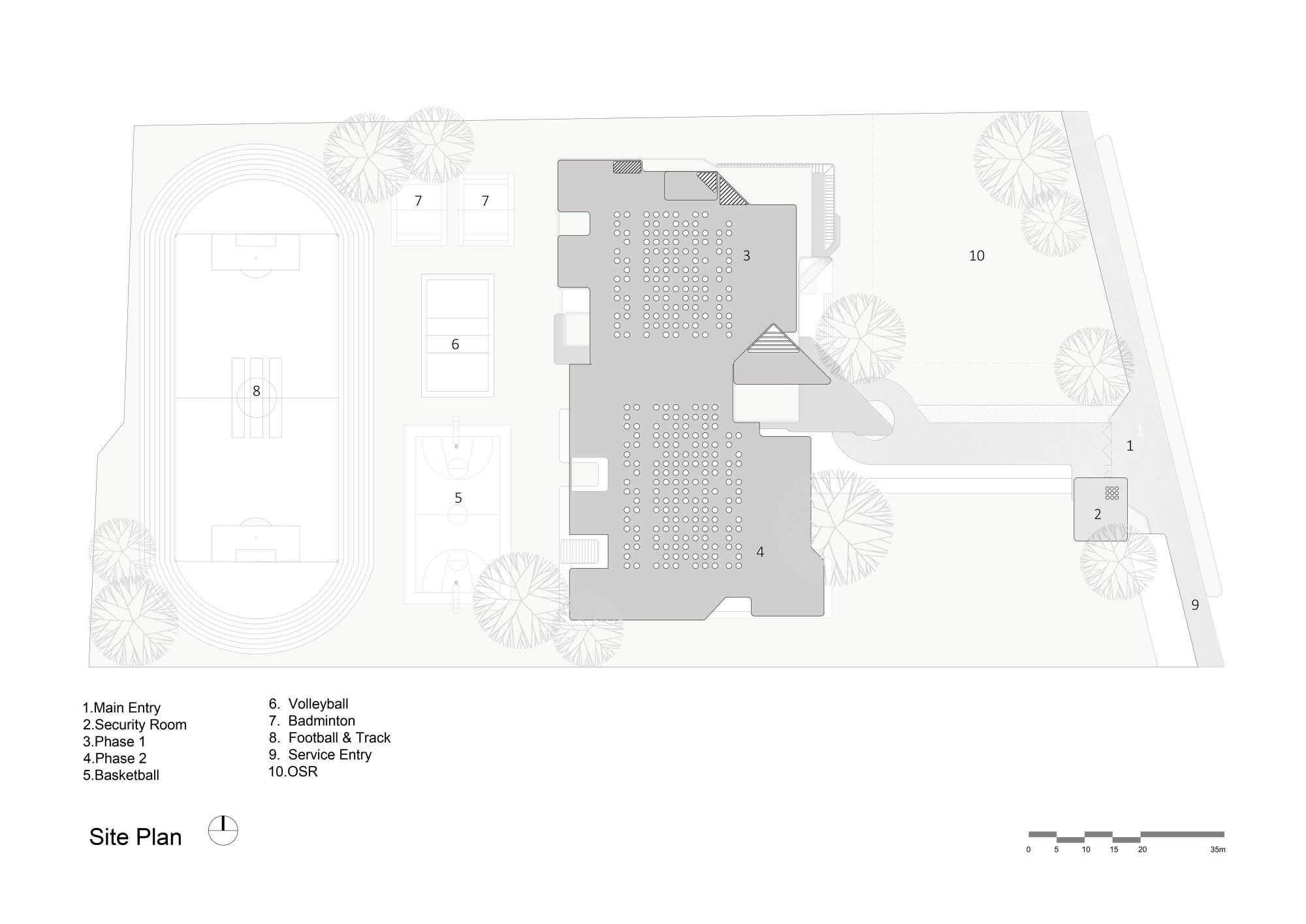
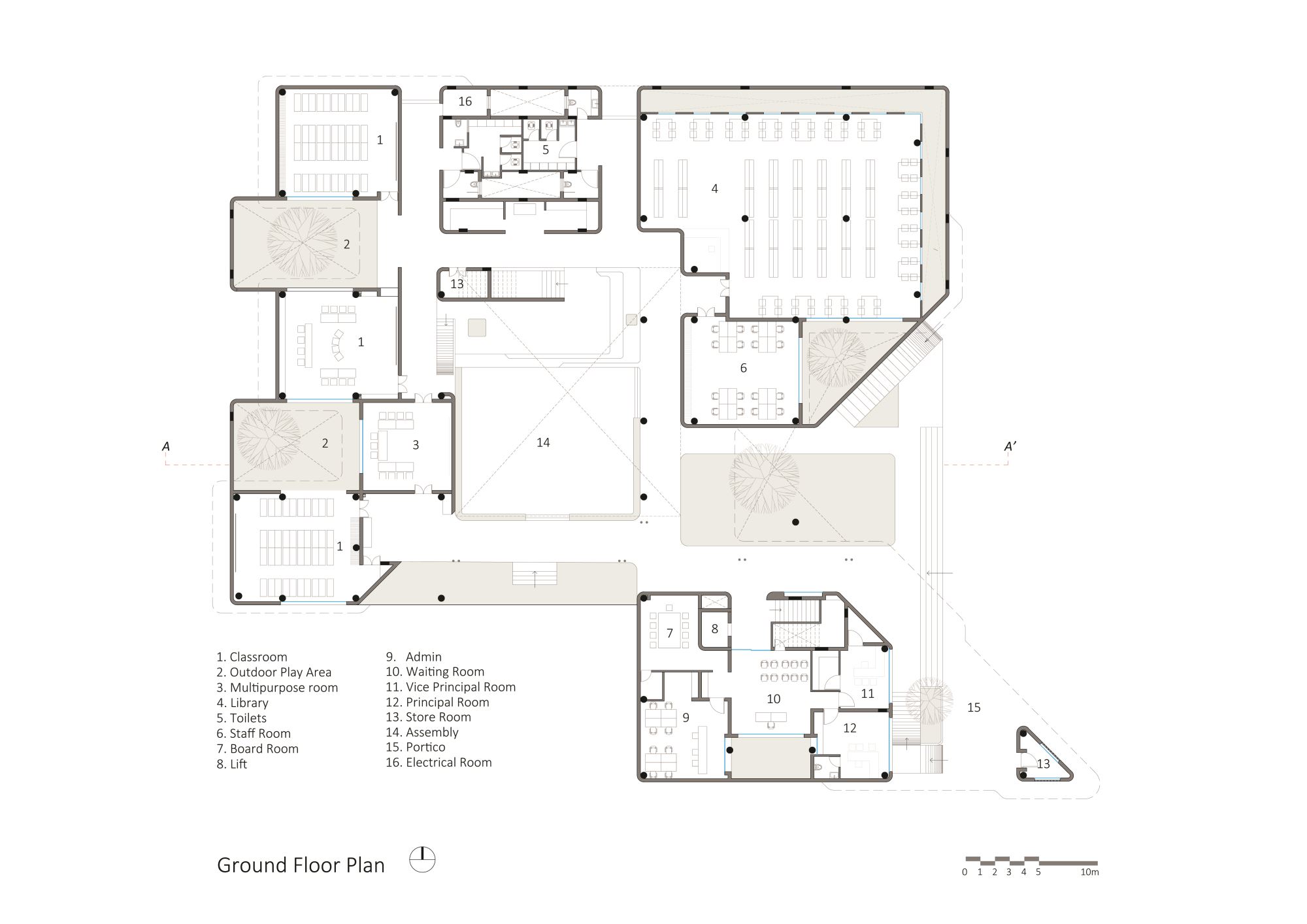

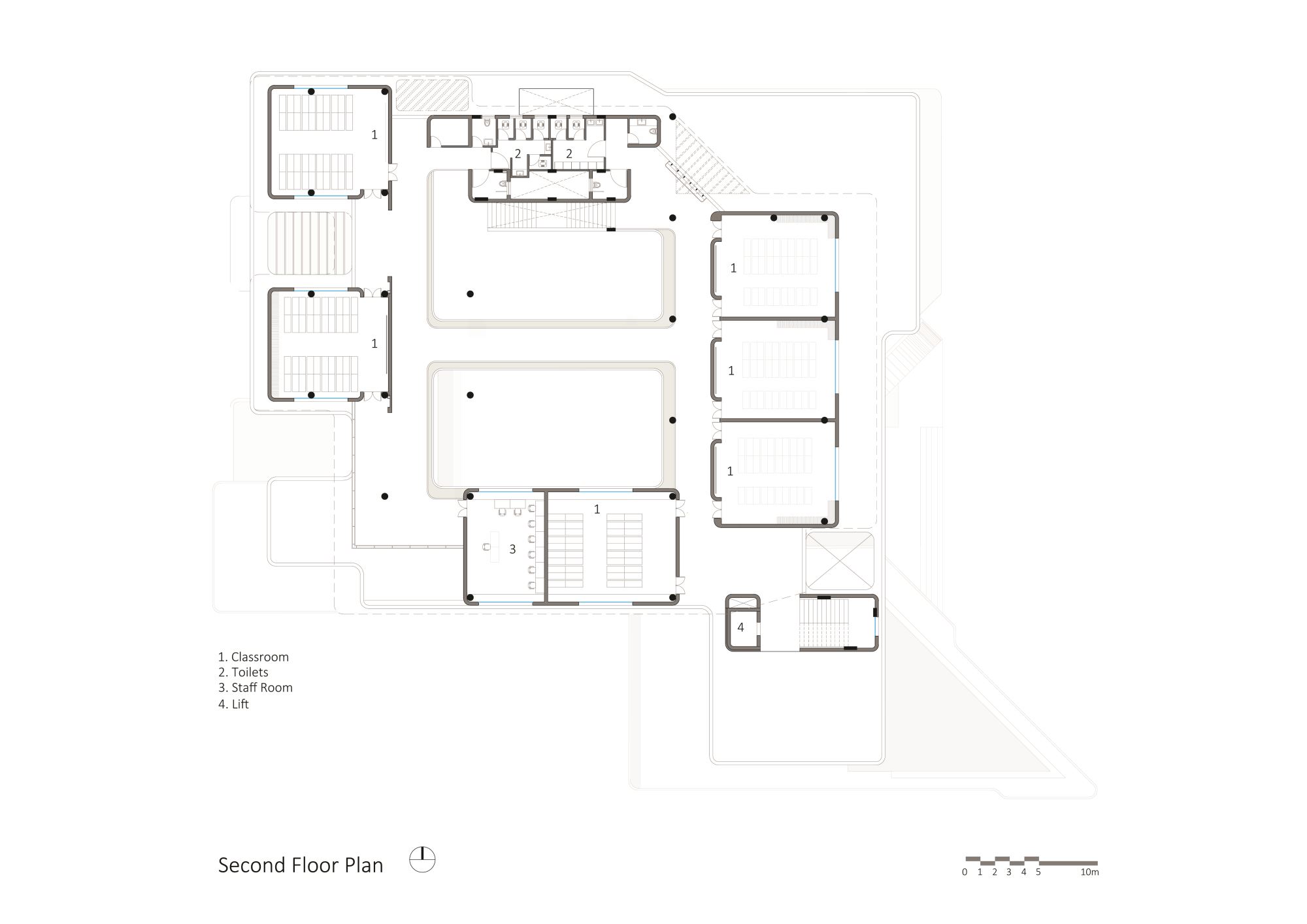
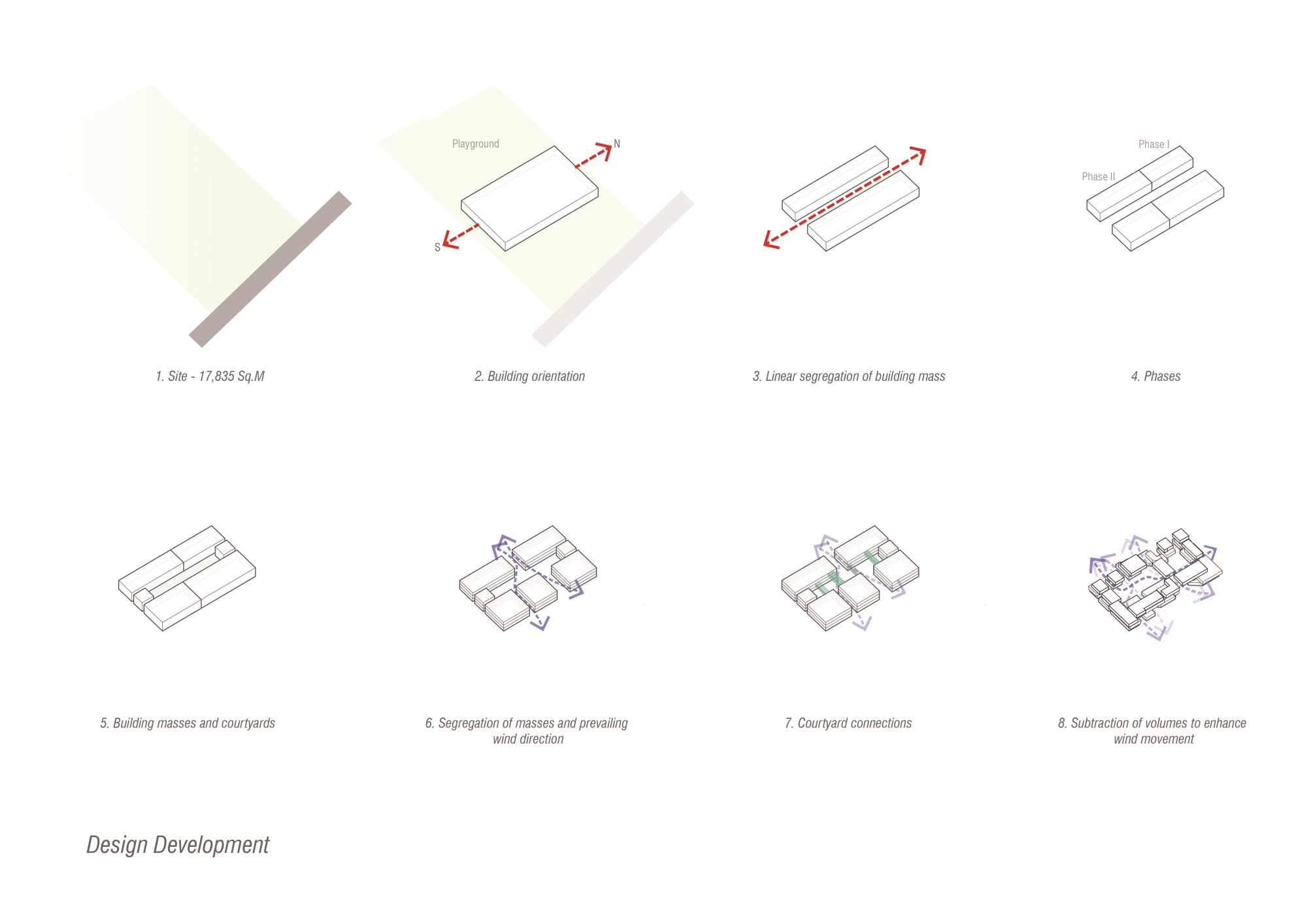
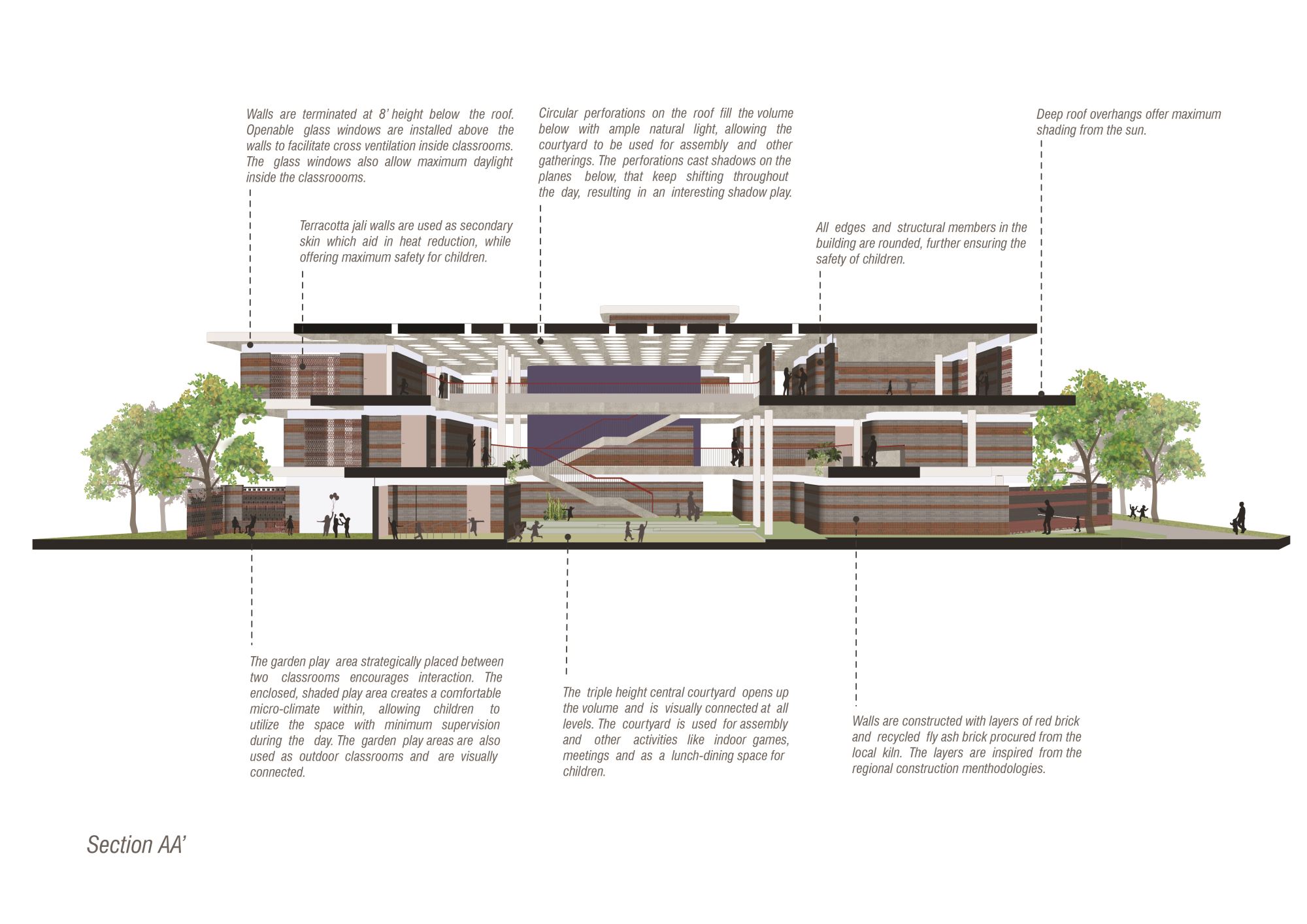



 loading......
loading......